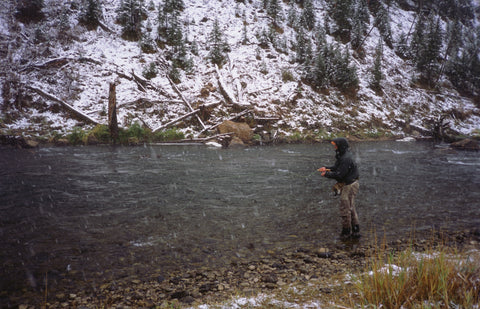Winterizing Fly Tackle
Winterizing Fly Tackle by Harry W. Murray
This is a good time of the year to go through your tackle and clean it up and make repairs you didn’t’ have time to make during the busy fishing season. Here are some basic steps you can use which will prolong the life of your tackle and improve its performance.

*Rods- Scrub the cork grip, reel seat and whole rod with an old tooth brush with dish detergent. Rinse it very good with water and dry it with a towel. Set it aside to thoroughly dry for several days before putting it in the cloth sac and back in the rod tube. If your rod has a cloth sac wash it in the washing machine and dry it in a hot dryer to kill any mildew that grew during the summer.

*Reels- Strip the line and backing off the reel. Remove the spool from the reel. Use a Q-tip dipped in a cleaning fluid to remove the grit, dirt and old oil from the inside of the reel and the back of the spool. Wipe all of it down thoroughly with a towel. Wipe the spool firmly with a towel where the backing and line were. Apply a light coat of oil to the inside of the reel and the back of the spool unless the reel manufacture’s instructions specify not to. Do not allow any oil to get inside the spool where the line and backing go. Replace the new backing and use an Albright Knot to attach the line to the backing.

*Fly Line- Wash the whole line with Ivory cake soap and a paper towel. Rinse the line thoroughly with a wet paper towel. Dry the line thoroughly with a dry paper towel. Place 6 drops of SA Line Dressing on a dry, clean paper towel and dress the line. With another paper towel rub the whole line down. The small amount of dressing that gets into the microscopic pores of the line does what you want. Excessive dressing left on the line will collect dirt and defeat you.
*Vest- Wash your vest with Ivory powder or Revivex Wash in your washing machine on the gentle cycle. Run it through an extra rinse cycle to remove all soap. Line dry it.
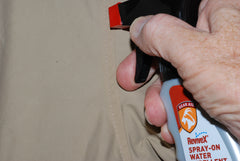
* Raincoat- Follow the manufactures directions. I wash mine in cold water with Revivex Wash on the gentle cycle in the washing machine and run it through an extra rinse cycle. I spray the wet raincoat with Revivex Spray Water Repellent finish and dry it for one hour in my clothes dryer on a medium heat setting.
*Cap and Hat- If you want to treat your cap to get it to help repel the rain, wash it with a wet cloth soaked in a solution of Ivory powder. Rinse it with water. After it drys spray it with Tectron DWR. Let it dry for 24 hours.
*Chest/Hip Pack- Follow the manufactures directions. I wash mine in the washing machine on the gentle cycle in cold water with Ivory powder and line dry it. It comes out as good as new. Be sure to empty all of the pockets and take all of the gadgets off the front before washing your pack.
*Waders- Follow manufactures directions. I wash my Gore-Tex waders in the tub using cold water with Ivory powder or Revivex Wash and line dry them. Rubber hip boots require no special care except washing the dirt off with water. Be sure all of your waders, hippers and shoes are completely dry both inside and outside before putting them away for the winter. Hang them in a cool dry location so air can flow around them. Do not hang them in the sun: I once did this with a pair of rubber waders and by spring the sun caused cracks all over them.
*Landing Nets- Wash the sac and the frame good with dish detergent. Rinse with water. Hang it to dry completely.
*Gadgets- While you have all of the gadgets and angling tools off your vest, check to see if they need attention. Cord retractors often need to be shortened and re-knotted before the cord breaks. Pliers, clamps and hemostats may need a drop of oil. Thermometers should be calibrated by setting it in a glass of ice water to see if you get 32 degrees. Floatant may need to be refilled or replaced.
*Wading Staff- Coat the joints good with paraffin so they do not jam.
*Fly boxes- Go through your fly boxes and grade your flies: A- those okay as they are, B- those over the hill and need to be trashed and C- those that are usable but need help which is covered in the next step.
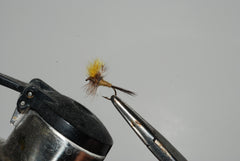
*Flies- Remove any tippet material from eyes. If the heads are coming loose you can apply a whip finish with your fly tying bobbin and coat with head cement. Dry flies which have matted hackle can be saved by steaming them over a teakettle using a strainer or long hemostats, but be very careful because you can get a bad burn from the steam. When you store flies away for long times consider putting mothballs in them, however, be careful because this may soften some boxes.
*Fly Tying Materials- Dispose of trash. Separate out materials you seldom use. Organize frequently used materials so you can easily find them. Place mothballs in materials, being careful to see that they will not soften boxes and bags.
*Maps, Books and Notes- While the past season is fresh in your mind, make notes on when, where and with what you found good fishing. For 30 years I have done this. It is helpful and very interesting to look back through the years and see the spots where I have had the best, worse, and fair fishing.
Now that you have everything ready for the next season you have no excuse that will keep you from fishing more and catching more fish.
Frequently your time could be better spent in winterizing your tackle rather than fishing in these conditions.
-
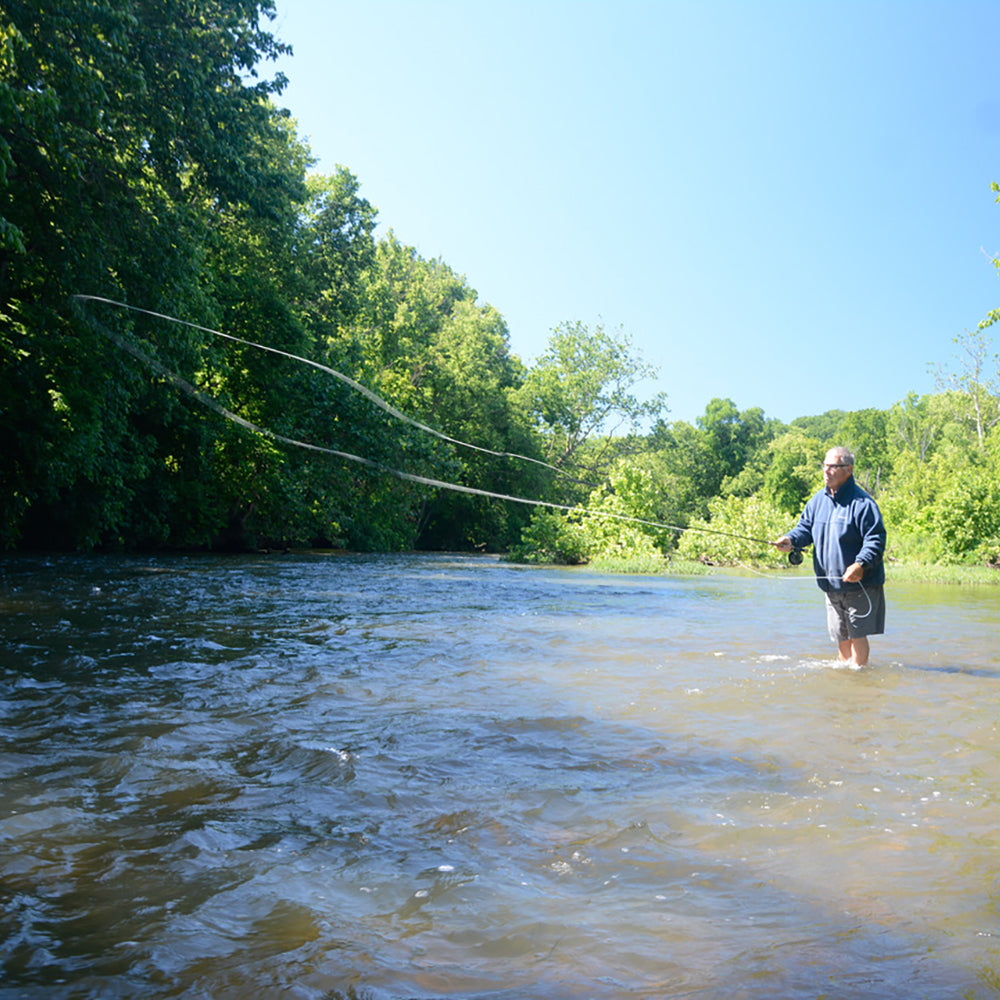
Learn Fly Fishing at Murray’s Fly Shop: Classes, Workshops & Schools
Welcome to Murray’s Fly Shop – Your Fly Fishing Learning Hub At...
-

Featured Flies of the Month
Harry Murray's recommended fly list for this time of the year. (December...
-
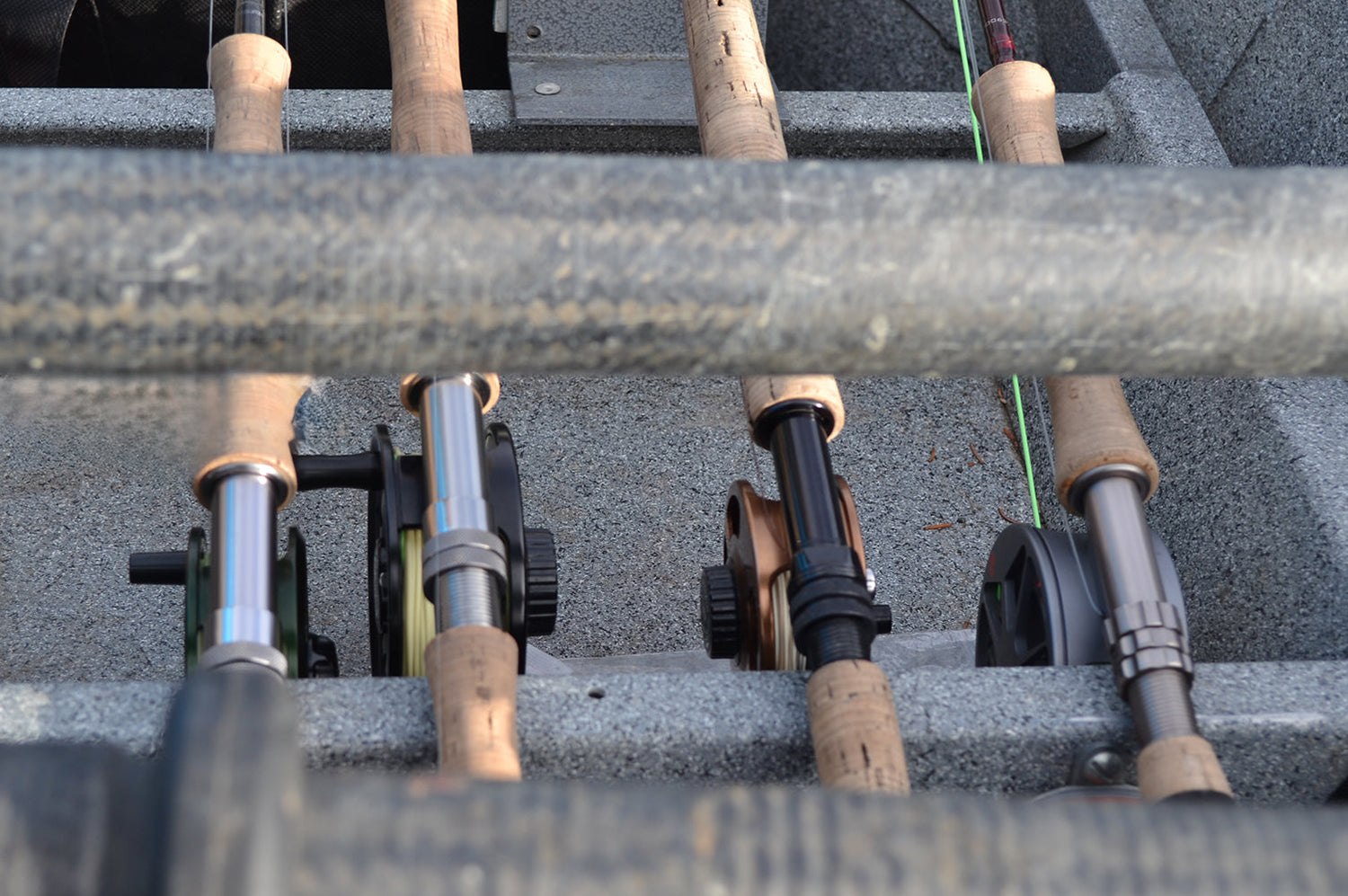
Fly Fishing Rod Outfits
Fly Fishing Rod and Reel Outfits for Smallmouth Bass fly fishing, Trout...

